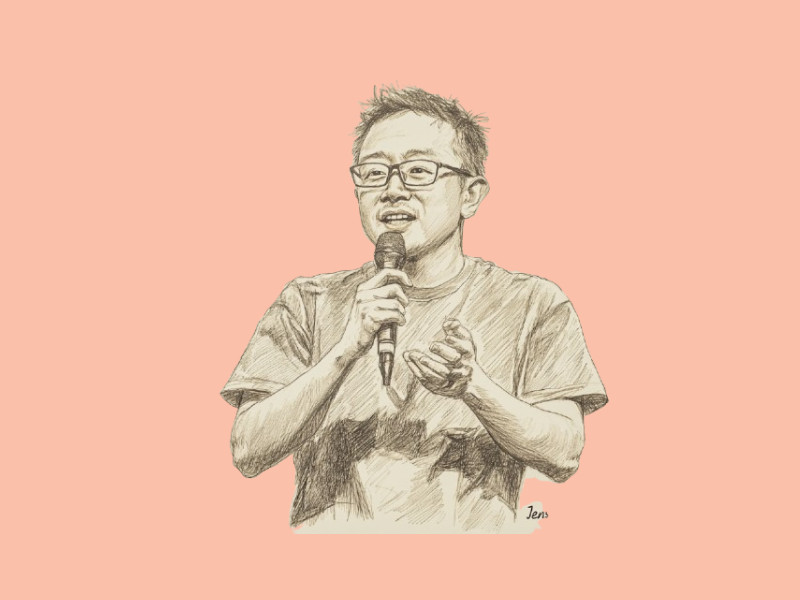The buzz surrounding AI reached new heights when Nvidia CEO, Jensen Huang, teased a big development for AI during his keynote at CES 2025. While Nvidia’s groundbreaking innovations have already made waves in generative AI, Huang’s latest speech hinted at a future where AI takes a more tangible form: robotics, or “physical AI.”
Nvidia Stock Hits a Record High
The excitement surrounding Huang’s address catapulted Nvidia’s stock to an all-time intraday high of $153 early Tuesday, marking a 2.5% surge. However, by mid-morning, tech stocks, including Nvidia, saw a slight pullback, illustrating the volatility often seen in high-growth sectors.
Still, the keynote reinforced Nvidia’s position as a cornerstone of the AI movement, with analysts like Hans Mosesmann of Rosenblatt Securities praising the company’s continued dominance in both AI hardware and software development.
What Is Physical AI?
If you’re wondering what “physical AI” means, think of it as AI moving from digital spaces into the physical world. While ChatGPT and similar technologies exist entirely in software, physical AI powers real-world applications like autonomous driving and robotics.
According to Huang, physical AI could be the next big breakthrough. It is comparable to the release of ChatGPT in 2022, which captivated millions and pushed generative AI into the mainstream.
Key Announcements From Jensen Huang’s Speech
1. Impactful Partnerships
Nvidia revealed partnerships that could shape the future of multiple industries:
- Micron Technology: Nvidia named Micron as its memory partner for gaming GPUs, strengthening its foothold in the gaming world.
- Toyota: Nvidia will supply semiconductor chips for Toyota’s advanced driver assistance systems.
- Aurora: Colorado-based Aurora will use Nvidia’s tech for its self-driving trucks, pushing logistics into a new AI-driven era.
- Uber: Nvidia’s Cosmos platform will power Uber’s autonomous driving initiatives, signaling a major step toward AI-driven ride-hailing.
2. Robotics Takes Center Stage
Huang emphasized robotics as a key focus for Nvidia, positioning the company at the forefront of what could be AI’s next transformative phase.
The Market’s Response
The ripple effects of Huang’s announcements were immediate. Aurora’s stock skyrocketed by over 40%, its highest level in years. Meanwhile, Micron, Toyota, and Uber also experienced notable gains, with investors banking on these companies’ AI-powered futures.
| Company | Stock Movement | AI Integration Highlight |
| Aurora | +40% | Self-driving trucks powered by Nvidia chips |
| Micron | +5% | Memory partner for Nvidia’s GPUs |
| Toyota | +2% | AI-enhanced driver assistance systems |
| Uber | +2% | Cosmos platform for autonomous driving |
A Look Back: Nvidia’s Meteoric Rise
Nvidia’s journey to the top is nothing short of remarkable. Once primarily known for video game graphics, the company has transformed into a leader in AI architecture. Its customers now include big guns like Amazon and Microsoft.
Over the last five years, Nvidia’s stock has soared by more than 2,000%, and with a market capitalization nearing $3.7 trillion, it’s edging closer to dethroning Apple as the world’s most valuable company.
The Road Ahead
Is physical AI the future? Huang’s vision suggests it’s not a question of if, but when. For Nvidia, this could mean not just maintaining its dominance but extending AI’s possibilities. As Huang put it, the “ChatGPT moment for robotics” is just around the corner.

